
News and Events
Interagency Team Conducts Aerial and Ground Survey of Tsunami
Damage in Papahānaumokuākea Marine National Monument
Download Press Release PDF(1.9mb) Note: Some images may be considered disturbing for viewers. |
||
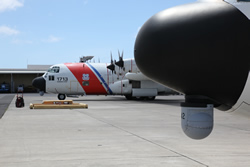
|
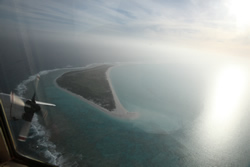
|
|
C-130's at Air Station Barbers Point. (Photo: NOAA) |
A U.S. Coast Guard C-130 flys over Kure Atoll-Green Island during a tsunami damage assessment flight. (Photo: NOAA) | |

|
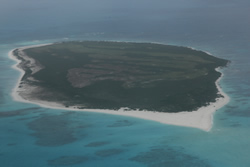
|
|
Kure Atoll is the northernmost island in the Hawaiian Archipelago and the first to experience tsunami impacts. (Photo: NOAA) |
Lisianski Island was uninhabitated during the tsunami and appeared to have suffered little damage. (Photo: NOAA) | |
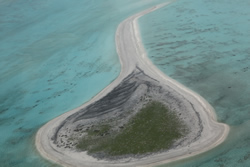
|
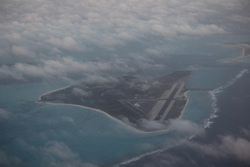
|
|
North Island at Pearl & Hermes Atoll in Papahānaumokuākea Marine National Monument. (Photo: NOAA) |
Midway Atoll is the most famous island in Papahānaumokuākea Marine National Monument and also has the only permanent residents. (Photo: NOAA) | |
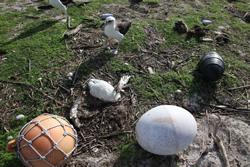
|
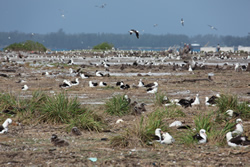
|
|
The tsunami swept across Midway Atoll's Eastern Island spreading plastic debris and killing thousands of birds. (Photo: NOAA) |
While the loss of birds is significant, millions of tropical seabirds continue to use the NWHI for nesting and breeding. (Photo: NOAA) | |
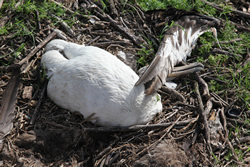
|
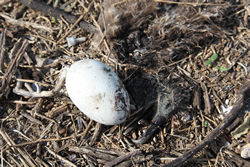
|
|
A dead Laysan Albatross adult and chick at Eastern Island-Midway Atoll. (Photo: NOAA) |
An unhatched egg and a dead Laysan Albatross chick. (Photo: NOAA) | |
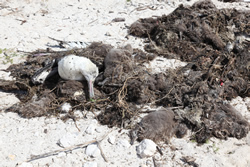
|
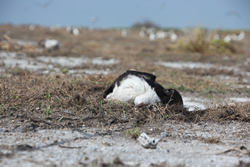
|
|
Workers are cleaning up bird carcasses at Midway Atoll. (Photo: NOAA) |
More than 100,000 tropical seabirds were killed by the tsunami at Midway Atoll alone. (Photo: NOAA) | |